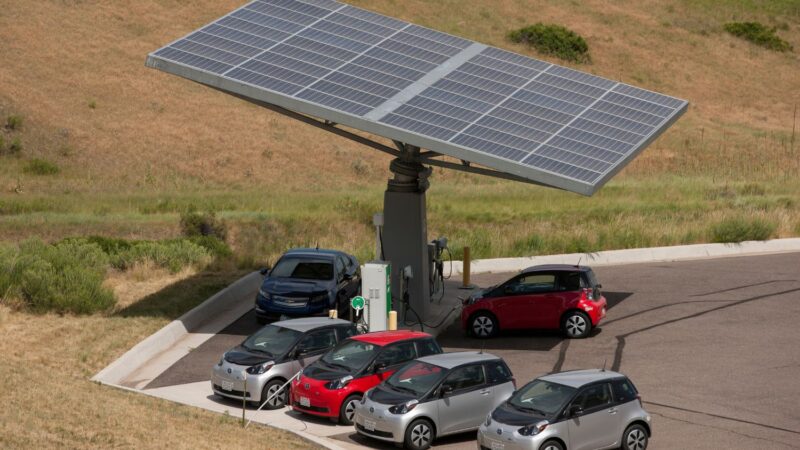The transportation sector is the largest contributor to greenhouse gas (GHG) emissions in
the state of California and the United States as a whole. These emissions primarily come from
the burning of fossil fuels to power cars, trucks, ships, trains, and planes. The internal combustion engines used by cars and trucksalso emit harmful air pollutants such as fine particulate matter, also known as PM2.5. Long term exposure to PM2.5 contributed to 4.14 million deaths worldwide in 2019 – acute exposure can lead to exacerbated lung and heart ailments as well as asthma attacks, while chronic exposure has been linked to both cardiovascular and respiratory diseases, and early mortality.
But exposure to air pollution is not evenly distributed amongst communities. People of color are 3.7 times more likely than white people to live in a county with a failing grade for at least one pollutant. A recent UCLA-led study found that the most disadvantaged communities in Los Angeles not only contained a greater amount of pollution, but also that the pollution in these areas was more toxic than in other parts of Los Angeles In the LA areas sampled, 42% of total air toxicity came from tailpipe emissions, and pollution in high-traffic areas was about 50% higher due to vehicle-related pollution than it was in other urban communities located further from streets or highways.
In August 2022, the California Air Resources Board (CARB) approved the Advanced Clean Cars II Rule, which mandates that all new vehicle sales in California must be ZEVs by 2035, along with intermediate ZEV milestones until that date. Our study investigates the potential prospective health effects or impacts for disadvantaged communities in California of the transition to zero-emission vehicles (ZEVs). We review California on-road vehicle population estimates against their corresponding emission factors and
CalEnviroScreen (CES) scores for four future scenarios of ZEV adoption rates to assess their effect on existing disparities.
Student Team: Marlen De Silva, Isha Khalid, Elisa Kolek, Kaylin Ng, David Park, Sam Rutledge, Anvin Tang, and Sophia Wang
Clients: Center for Biological Diversity and the California Office of Environmental Health Hazard Assessment
Advisor: Professor Pablo Saide

